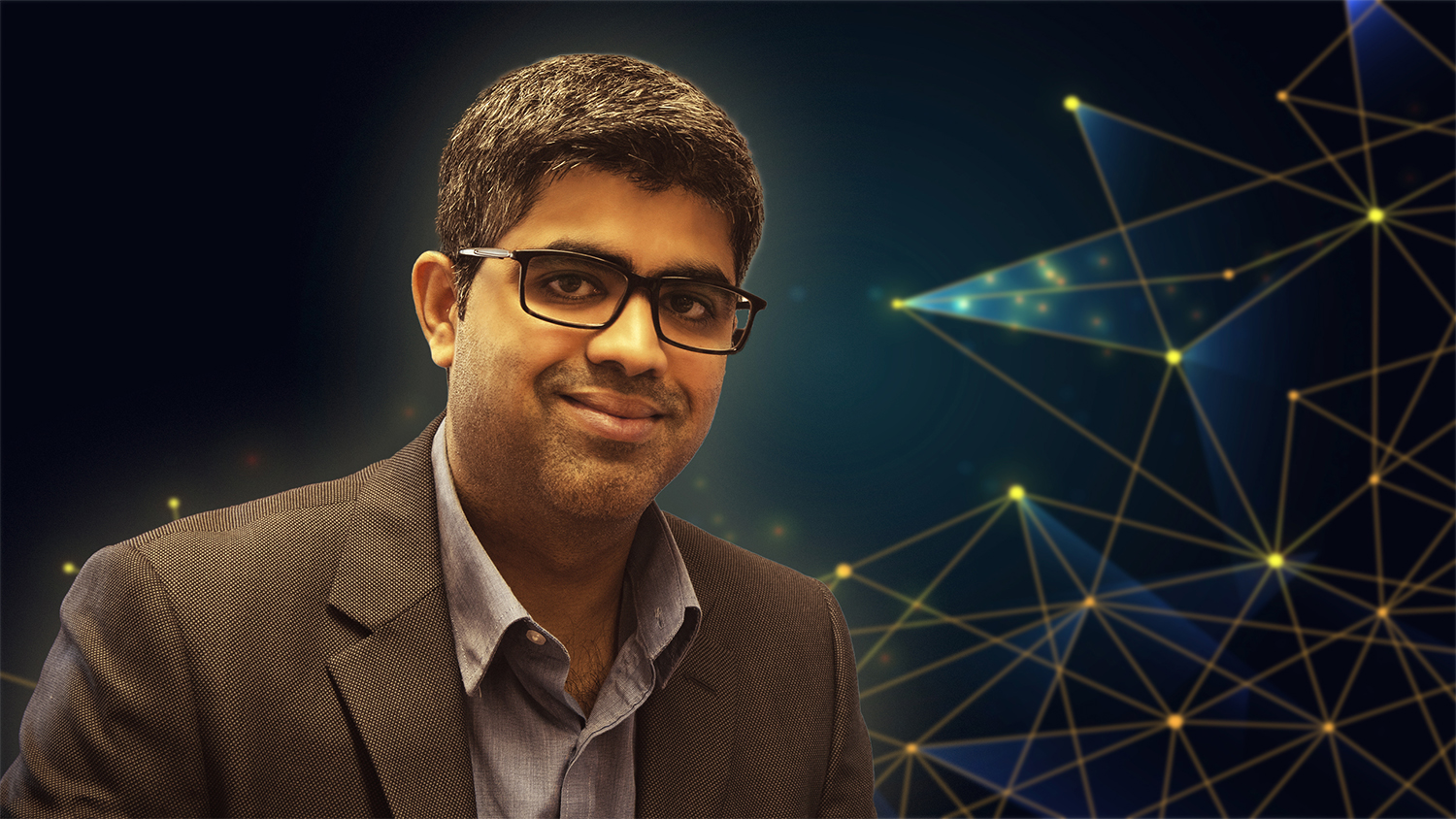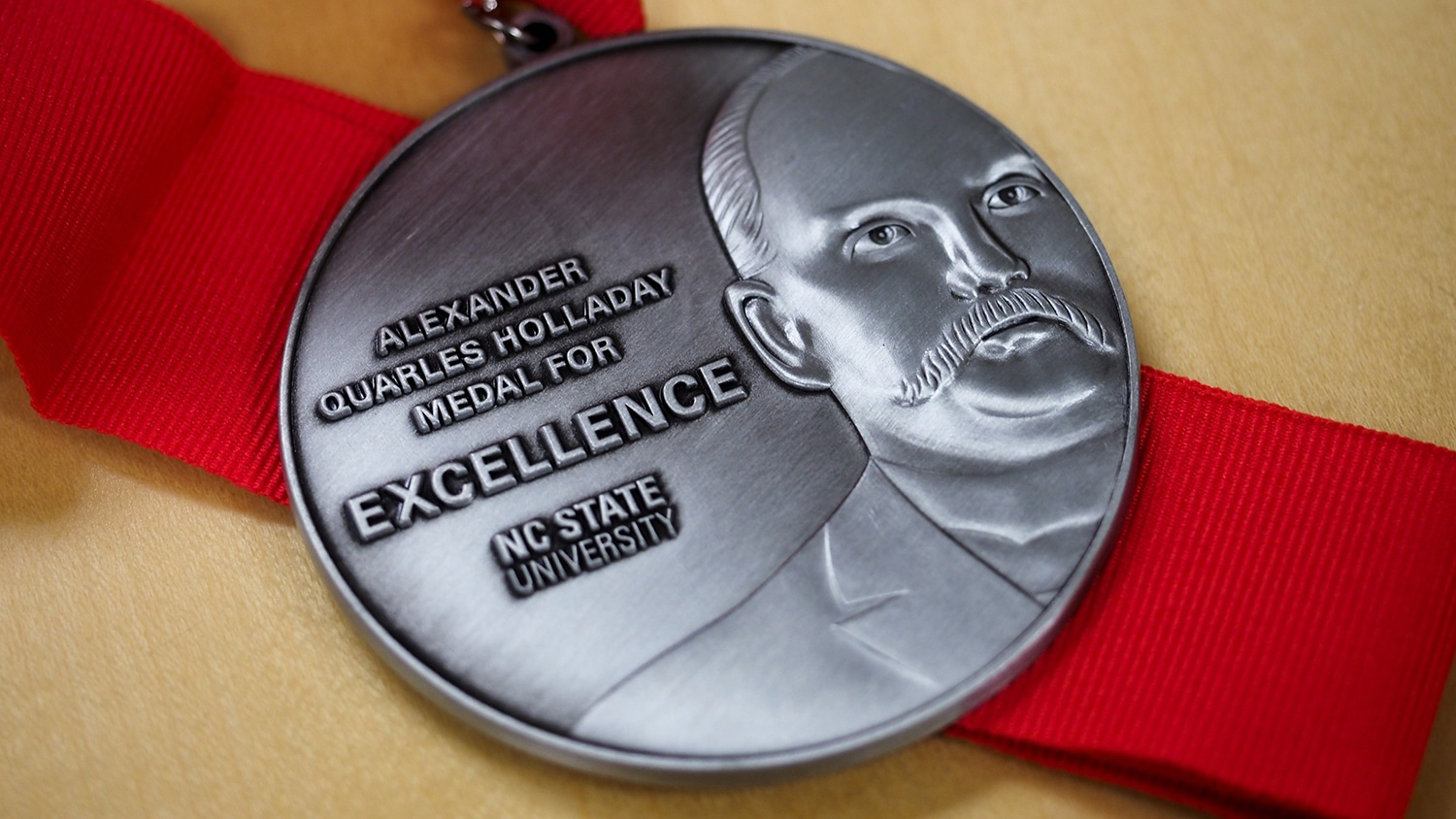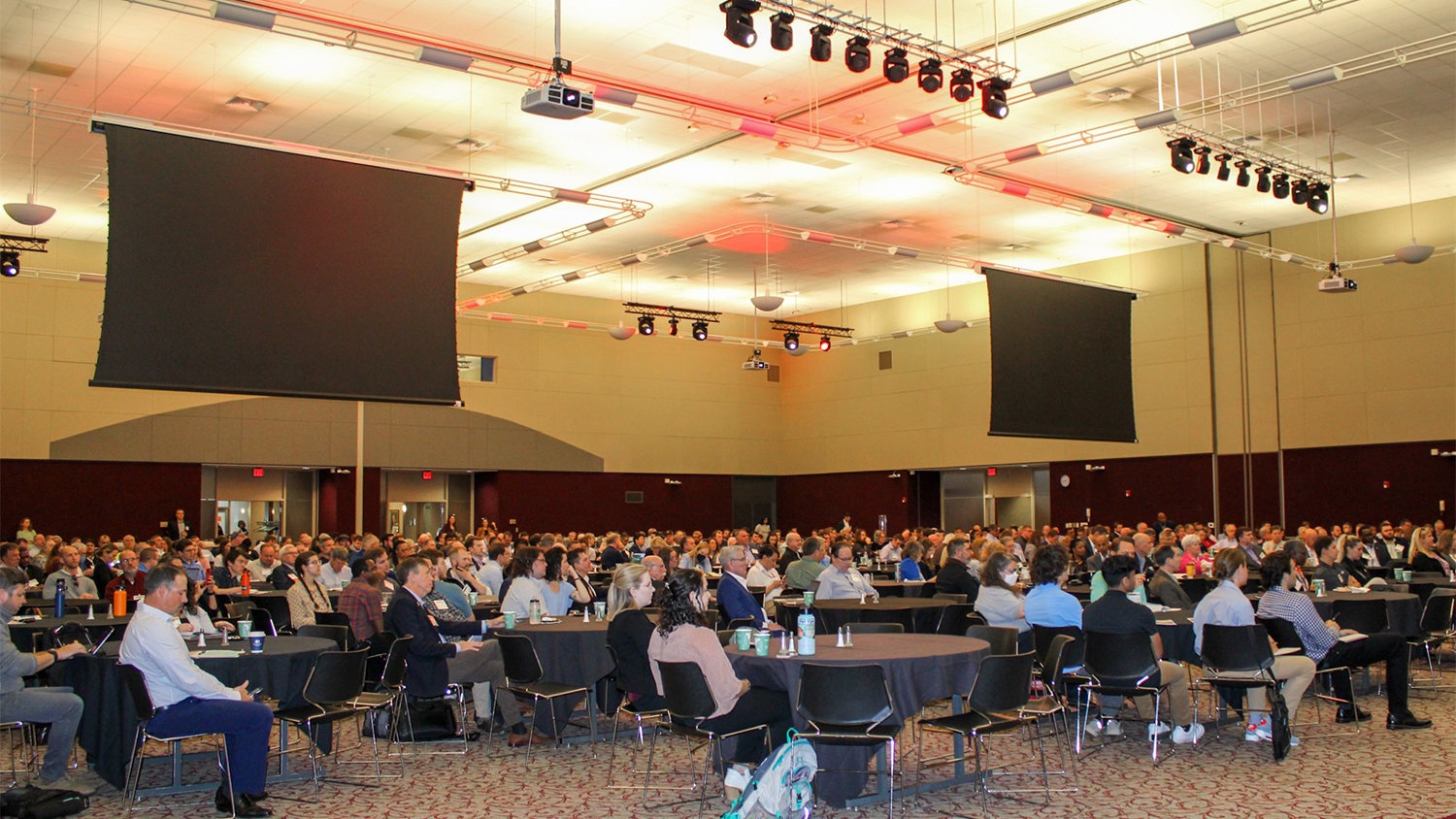Remembering atomic age pioneer Raymond Murray, who helped establish nuclear engineering at NC State

Dr. Raymond L. Murray, professor emeritus of nuclear engineering at North Carolina State University and a pioneer of the atomic age, died on June 22. He was 91.
Murray contributed to the Manhattan Project and the Three Mile Island recovery and was a leading figure in establishing and growing NC State’s nuclear engineering program. In 1950, the year he joined the faculty, NC State introduced the nation’s first university nuclear engineering educational curriculum and broke ground on America’s first university-based nuclear reactor. Later, he headed the nuclear engineering department for 11 years.
Murray was born in Lincoln, Nebraska, on February 14, 1920. He attended the University of Nebraska and earned a bachelor’s degree in science education in 1940 and a master’s degree in physics the following year.
For the next several years, he contributed to the national war effort on the famed Manhattan Project, which researched and built the first atomic bomb. He worked as a research physicist at the University of California Radiation Laboratory in Berkeley in 1942-43. From 1943 through the end of World War II to 1950, Murray served at Oak Ridge, Tennessee, as a supervisor in uranium isotope separation production and as a senior physicist in nuclear criticality prevention. He received his PhD in physics from the University of Tennessee in 1950.
Murray joined the new nuclear engineering program at NC State as a professor of physics in 1950. He contributed to the design, construction and operation of the nation’s first university-based reactor. He was named Burlington Professor of Physics in 1957, and headed the physics department from 1960 to 1963.
During these early years, nuclear engineering was a nascent program in the physics department at NC State, and Murray was one of five faculty members who worked to establish a new curriculum and department in the face of some daunting post-World War II challenges, including resistance to an entirely new discipline, Cold War-era security limitations on information about nuclear reactors, and a lack of textbooks.
Their efforts were successful. In 1951, NC State awarded the first bachelor of science degree in nuclear engineering. A master’s program was also started at this time, and in 1954 NC State awarded the first two nuclear engineering PhD’s in the nation. In 1961, the program took on its current name – Department of Nuclear Engineering – and transferred to what was then the School of Engineering.
With Murray’s help, the nuclear engineering program designed, built and operated three succeeding reactors after the first became operational in 1953, work that coincided with the nuclear field’s transition from basic experiments to commercial power. Each reactor provided hands-on training for students, opportunities for research and services to other organizations in North Carolina and across the United States.
Murray led the Department of Nuclear Engineering from 1963 to 1974. During his tenure as department head, a new building was constructed, and the PULSTAR reactor, which remains in use today, was acquired and activated. His students fondly remember his contributions to the department, and in recent years several of them have banded together to raise money to support a scholarship in his name.
Another alumnus, C. Richard Vaughn, a 1961 nuclear engineering graduate, funded the renovation and naming of an NC State laboratory in Murray’s honor. The Dr. Raymond L. Murray Radiation Teaching Laboratory was dedicated in 2008.
“Dr. Murray was the only professor I had in college that I remember to this day. I can remember his face. I can remember his lectures. I can remember everything about him,” Vaughn said. “I just thought the world of him. He made a lasting impression.”
Murray was a member of the Bechtel Corporation team that carried out the recovery program for the damaged Three Mile Island nuclear reactor. His calculations helped ensure safe removal, storage and shipment of nuclear fuel. He retired from teaching in 1980, but continued to remain active in research and consulting and as an advocate of the beneficial aspects of nuclear energy. These activities included heading the North Carolina Low-Level Radioactive Waste Management Authority for seven years and delivering an annual lecture for industry executives at the Massachusetts Institute of Technology.
He was the author of more than 75 technical papers and many books, including Introduction to Nuclear Engineering, the first college textbook in nuclear engineering; Nuclear Reactor Physics; Physics: Concepts and Consequences; Understanding Radioactive Waste; and Nuclear Energy. Many of his books were issued in several editions and translated into other languages. He served for 11 years as US editor of the Journal of Nuclear Energy.
Murray received many honors, including the O. Max Gardner Award from the University of North Carolina system; the Arthur Holly Compton and the Eugene Wigner Reactor Physicist awards from the American Nuclear Society; and the Order of the Long Leaf Pine from State of North Carolina.
Murray is survived by his wife, Elizabeth, seven children and step-children, 12 grandchildren and step-grandchildren and 18 great-grandchildren. He lived in Raleigh.
- Categories:


